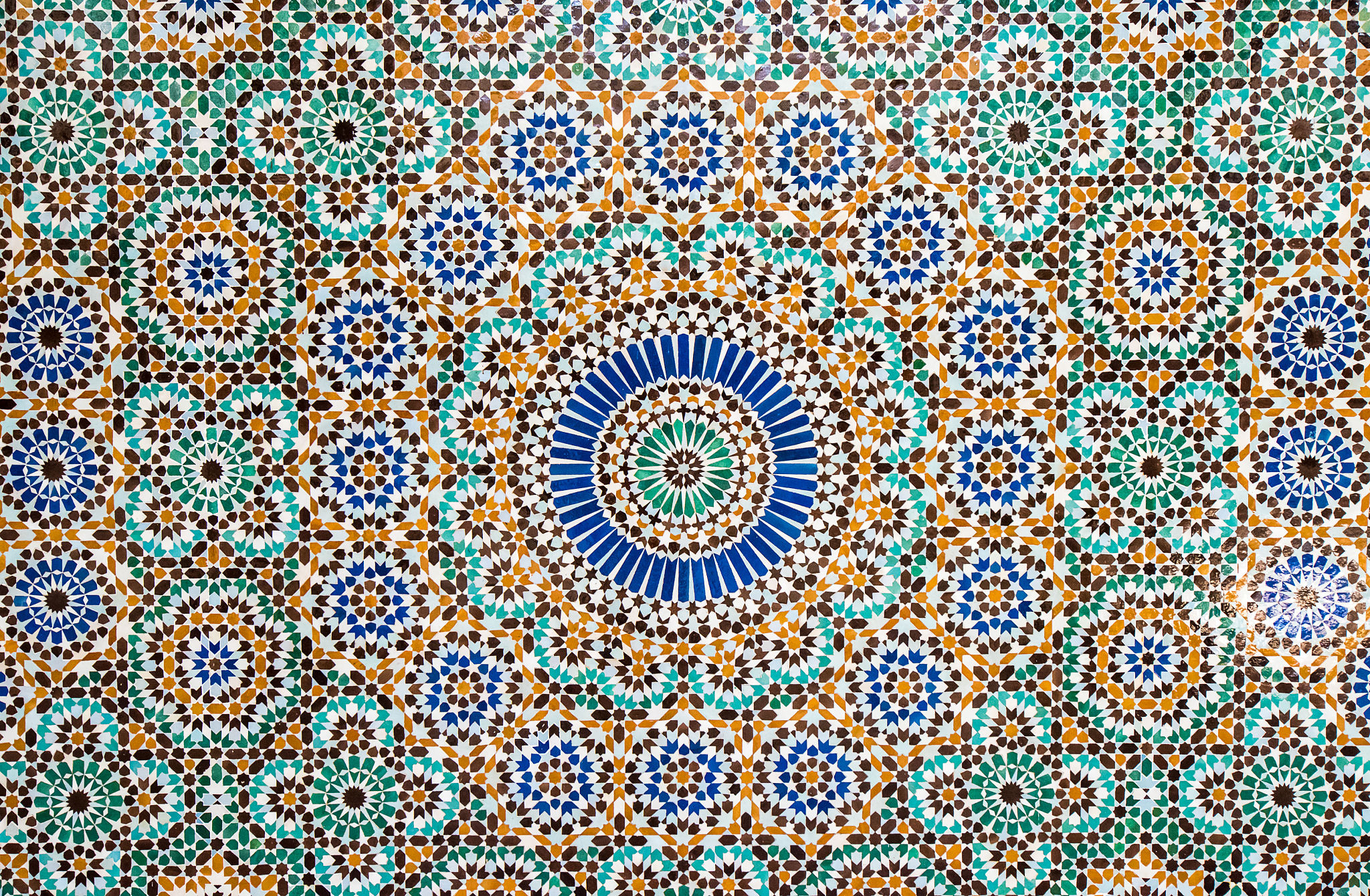The History and Evolution of Mosaics in Alicante
Introduction to Mosaics in Alicante
The picturesque city of Alicante, nestled on Spain's Costa Blanca, is renowned for its vibrant culture, stunning beaches, and rich history. Among the many artistic traditions that have flourished here, mosaics hold a special place. These intricate artworks, crafted from small pieces of ceramic, stone, or glass, have adorned the region since ancient times, reflecting its diverse cultural influences.

Ancient Roots of Mosaic Art
The tradition of mosaic art in Alicante dates back to the Roman era when the city was an important settlement known as Lucentum. The Romans were pioneers in using mosaics to decorate floors and walls, showcasing their craftsmanship in villas and public buildings. These early mosaics often depicted scenes from mythology, daily life, and nature, utilizing a limited color palette.
As the Roman Empire waned, the Visigoths took control of the region. While their influence on mosaic art was subtle, they introduced new motifs and styles that would later evolve into more complex forms. The arrival of the Moors in the 8th century marked a significant turning point in the evolution of mosaics in Alicante.
Moorish Influence and Medieval Flourishing
The Moorish occupation brought with it a profound impact on the artistic landscape of Alicante. Islamic art emphasized geometric patterns and intricate designs, which became a defining feature of mosaic art during this period. The use of vibrant colors and complex patterns in Moorish mosaics can still be seen in several historic sites across Alicante.

During the Middle Ages, as Christian forces reconquered the region, Alicante experienced a fusion of artistic influences. Gothic architecture began to integrate mosaic elements, often seen in churches and cathedrals. The combination of Moorish and Christian styles created a unique artistic expression that is still celebrated today.
The Renaissance and Revival
The Renaissance period saw a resurgence in the popularity of mosaics across Europe, including Alicante. Inspired by classical antiquity, artists began to experiment with new techniques and materials. Mosaics became more elaborate, incorporating a broader range of colors and themes. This era marked a shift from purely decorative purposes to storytelling through mosaic art.
In the 19th and early 20th centuries, Alicante embraced modernism, which led to a revival of interest in traditional crafts like mosaic-making. Artists began to draw inspiration from historical styles while incorporating contemporary themes. This blend of old and new continues to shape the mosaic art scene in Alicante.

Contemporary Mosaic Art in Alicante
Today, Alicante is home to a thriving community of mosaic artists who continue to push the boundaries of this ancient art form. Public spaces throughout the city are adorned with vibrant mosaics that celebrate both its rich history and modern identity. From urban street art to installations in cultural institutions, mosaics remain an integral part of Alicante's artistic landscape.
Many local artists incorporate sustainable practices into their work, using recycled materials to create stunning pieces that reflect environmental consciousness. The city's commitment to preserving its artistic heritage while embracing innovation ensures that mosaics will remain a vital part of Alicante's cultural fabric for generations to come.
Conclusion: The Legacy of Mosaics in Alicante
The history and evolution of mosaics in Alicante are a testament to the region's dynamic cultural heritage. From Roman roots to Moorish influences and beyond, each era has left its mark on this enduring art form. As you wander through the streets of Alicante, take a moment to appreciate the intricate beauty of its mosaics—a vibrant tapestry woven from centuries of artistic tradition.
